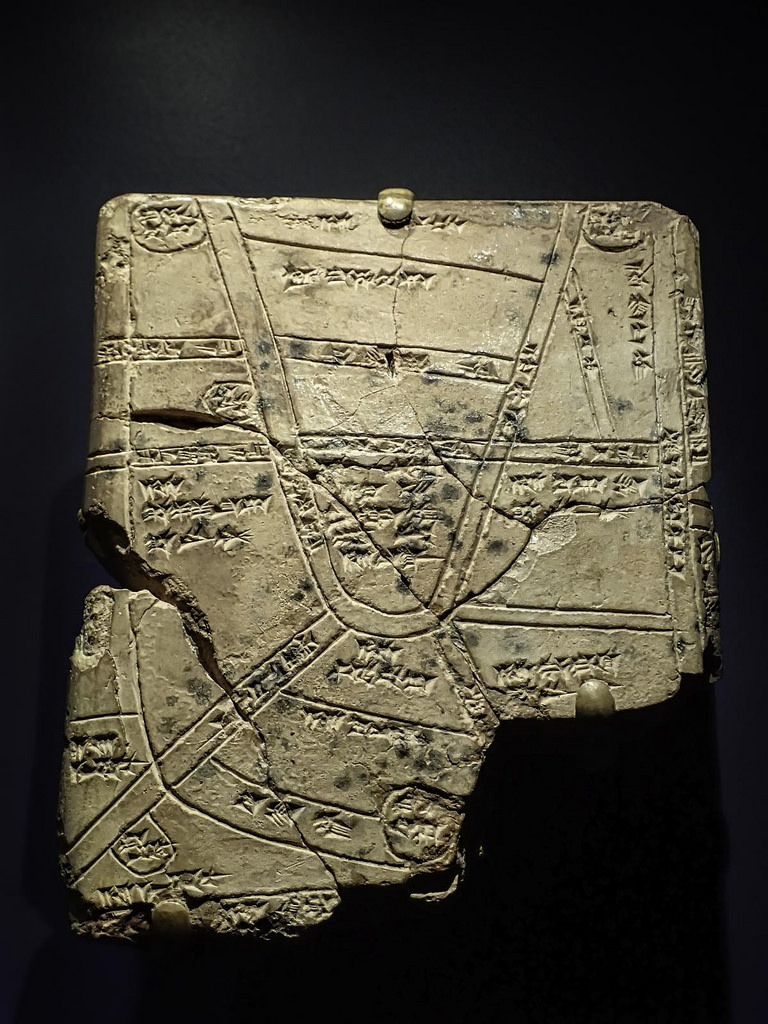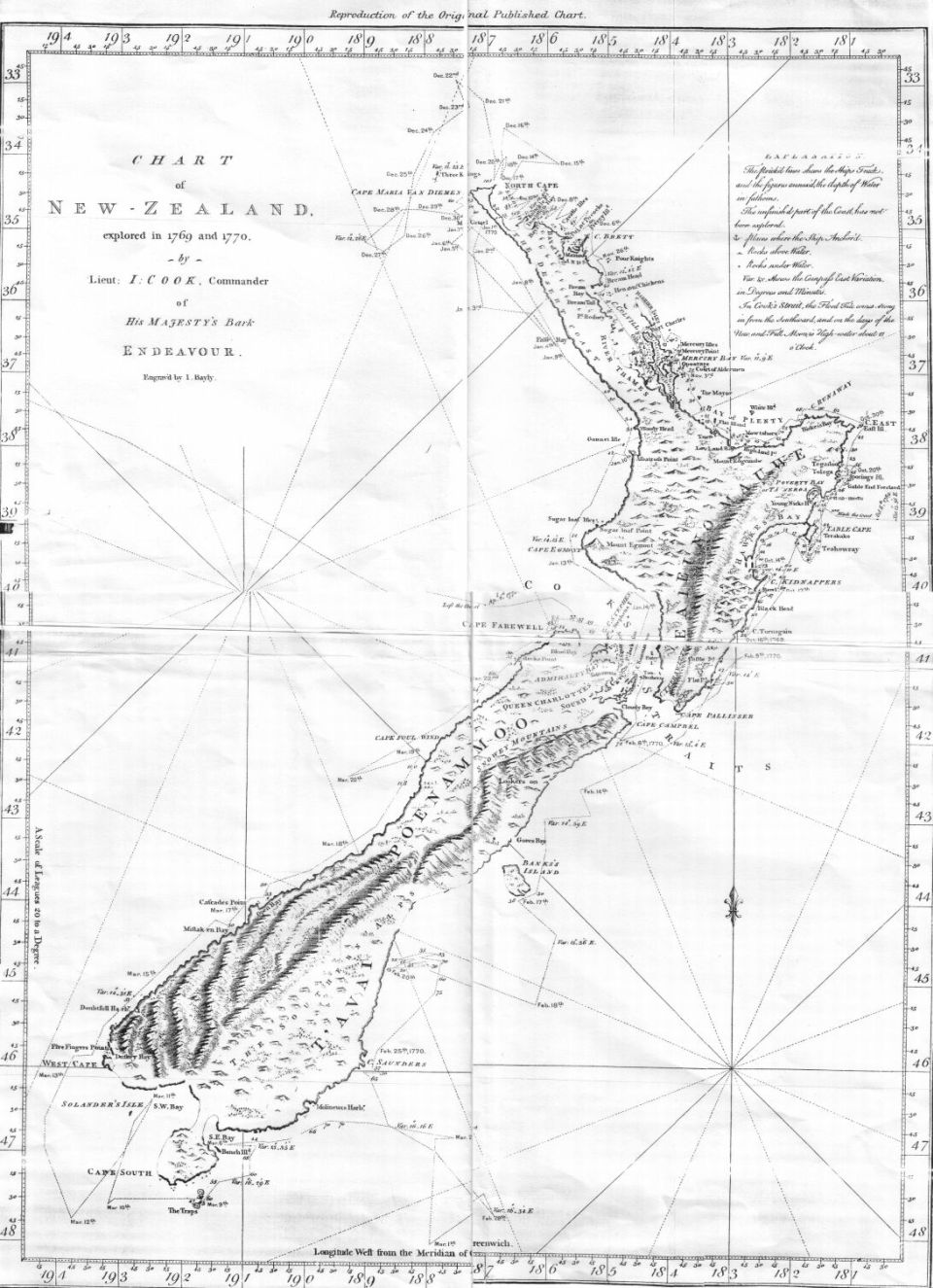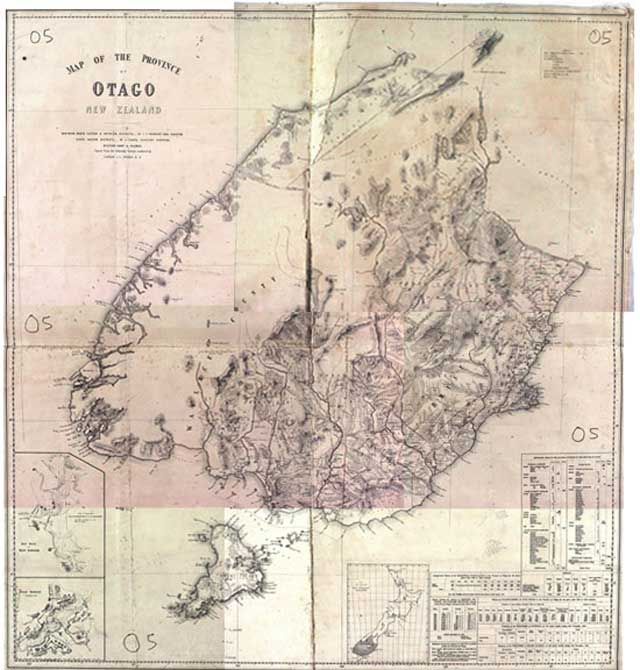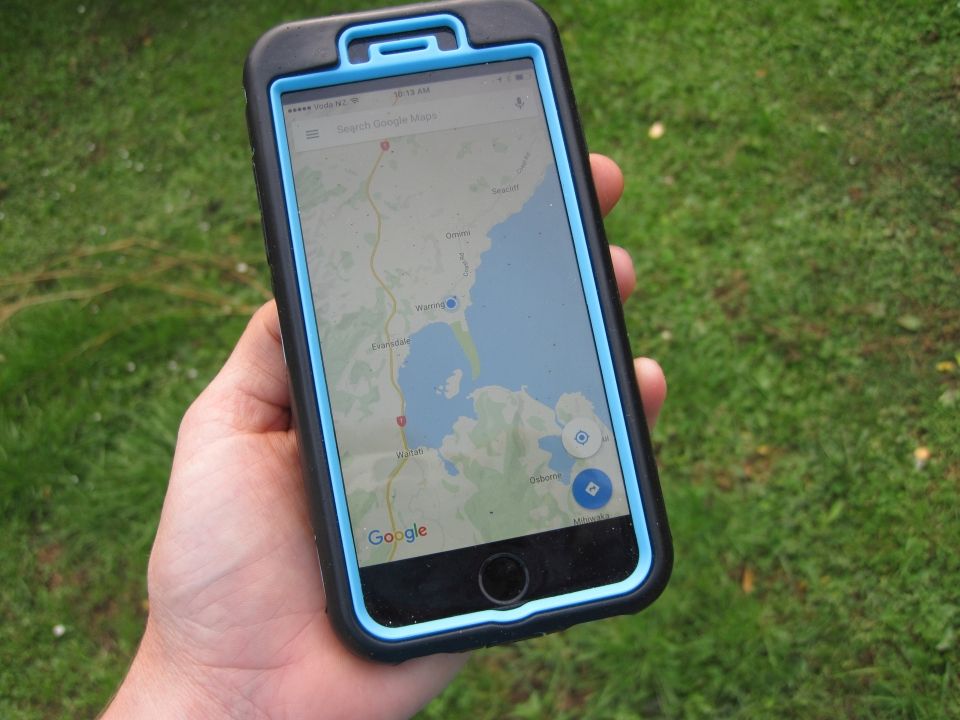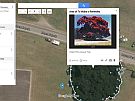What is a map?
A map is like a picture of a whole or part of an area. It is usually on a flat surface.
The term BOLTS tells us the five features of a map:
- Border - The edge of the map.
- Orientation - Usually a north arrow to show what direction the map should be placed so it matches the direction of the land.
- Legend (key) - To show what the symbols on the map mean.
- Title - To explain what the map shows eg Canterbury.
- Scale - to show what a distance on the map is in real distance eg 1 cm equals 1km.
Maps show certain features of an area. There are many different types of maps used to display a range of things such as:
- political boundaries
- population
- physical features
- natural resources
- roads
- the latest weather patterns
- topography
- economic activities.
Making maps
Cartography is the art and science of map making. The Babylonians drew maps on clay tablets over 4,000 years ago. Maps were also made on leather, stone, and wood. Paper became the most common material for making maps. Today, however, nearly all maps are made on computers, using software such as GIS.
Information for making maps was first collected by people who recorded what they saw. These people were often sailors or explorers. People who have the job of measuring where things are placed so we can make maps are called surveyors. These days technology helps give us very accurate data about where things are on the surface of the Earth.
Early mapping in New Zealand
Māori oral maps
Māori had named every feature of the land long before other people came to Aotearoa. Māori shared this information in kōrero or whakapapa. Sometimes posts or piles of rocks were used to mark places. Māori did not draw maps.
European arrivals
Abel Tasman arrived in New Zealand in 1642. He drew two charts, and in 1646 New Zealand was shown on a world map for the first time.
Later, when more Europeans began arriving, maps were made based on:
- getting here and make it safely ashore
- finding shelter, food, and security
- searching for resources to use
- leisure and recreation.
Digital mapping
Digital mapping (also called digital cartography) is when data is collected and shown electronically. Digital maps are interactive, changeable, and easily shared. Digital maps can use virtual 3D environments, and can display information in real time. We now make more maps, with a more varied range of data and presentation, and we make them faster.
Digital mapping will play an important role in helping us better manage and develop our resources, our environment, and our society.
source: https://natlib.govt.nz/visiting/wellington/unfolding-the-map

